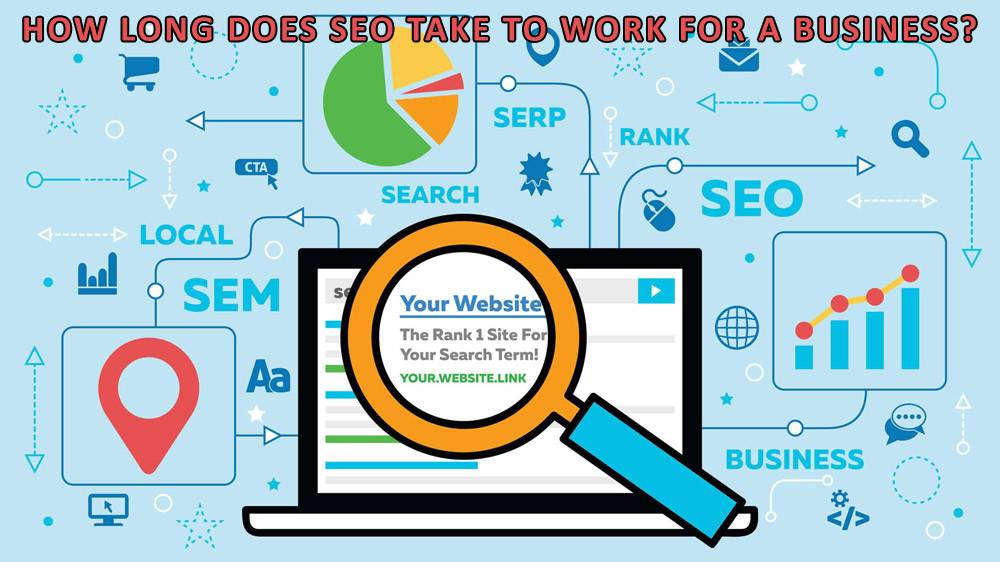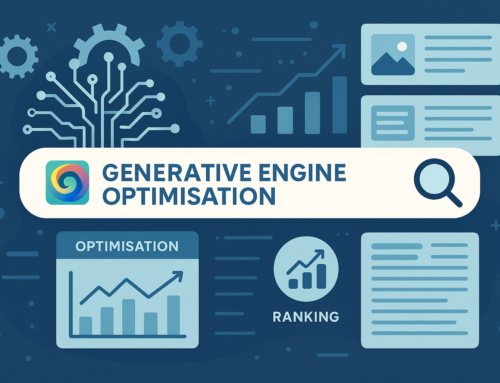
Setting Expectations: How long does SEO take to work for a business?
We refer to SEO as a long term investment because it is exactly that – you can’t go to the gym once every six months and expect to qualify for the Olympics, just like you can’t think about SEO occasionally and expect to rank #1 in search results. It might sound a little bit like ‘tough love’ but understanding the compound nature of high quality SEO is vital to the pursuit of progress.
Let’s walk through the phases of SEO, just remember that this isn’t a perfect timeline (or a quote!) and some niches are far more difficult to break into than others.
For example, a B2C physical product manufacturer selling a niche item like high quality reproduction clothes for a specific type of doll will be able to target their most productive keywords with relative ease – there might be ten people world wide selling that exact product, the trick for them would be to out rank the non-niche results from big box stores selling generic doll clothes.
Comparatively, a mechanic in a big city would need to put in a lot more time and effort into their SEO in order to compete with the 157 other mechanics all vying for the same customers in the same 1,000 km2.
When you partner with an SEO professional, you’re not just getting the actual content you need in order to succeed – you’re also getting the support, results tracking, and dynamic repositioning that can only come with years of experience in the field.
The Initial Phase, Foundations: 1-2 Months
Setting the foundation for your website is vitally important, in this phase your website structure will be set up in such a way that simply shouts to search engines “Here Is An Expert, Look At All The Knowledge They Have, Trust Them!”.
In addition to structure changes, the most important pages of your site will be created, the ones that build the bank of trust you need to convince not just search engine’s that you know your stuff and are trustworthy – but your potential customers too.
This can include your services, team structure and their qualifications, as well as your mission statement.
Pro Tip: a business mission statement isn’t just for charities and major corporations; even if you’re a one person team “Providing Easy XYZ Solutions to New Zealanders at Affordable Prices”, a statement like that can build customer relationship before you’ve even spoken to them. It also lets search engines know that A) you’re in the XYZ business, B) you’re in New Zealand, and C) you have affordable prices.
What do you think the most common style of search request is when looking for services? ‘Affordable plumbing/carpentry/car wash/accounting in Auckland/Christchurch/Hamilton’.
Unless you’re in one of those very underserved niches (like the specialty doll’s clothes mentioned above) there is unlikely to be a large uptick in traffic and ranking movement in this phase. This is because the search engines crawling sites take time and a lot of their decisions are based on searcher behaviour – aka they have to see if people like what you’re putting out!
Much of the content created in this phase is ‘supportive’, it underpins your authority and lets both searchers and search engines know that you know your stuff and you’re here to stay.
The Intermediate Phase, Authority: 2 – 3 Months
This is the phase where we start to really ramp up the building of those eye catching and regularly published pages and blogs. Where you have established the cornerstone pages well, these posts and page updates add depth to your perceived expertise.
For example, you’re not just a roof cleaning and maintenance service provider, you know all about the different materials and methods of roofing that effect the maintenance it will need, you know the concerns of your potential clients and have answers for them, your history and experience in the business, etc.
It might seem counter intuitive to give away knowledge for free, but that perception of value and knowledge given freely is hugely important in the process of proving your trustworthiness. Did you ever see those sales pages that made big promises, had embedded screenshots of fifty wildly complimentary five star reviews, a flashing red ‘buy now or miss out’ countdown timer with a suspiciously short time on it – and no solid information? These sales pages were generally for miracle products or courses promising outlandish results. These are great examples of insecure businesses afraid of telling people too much in case they don’t complete checkout. We want to reassure you that telling people the best ways to minimize roof damage will absolutely not dissuade them from hiring a roof maintenance service but it will help them to see you as a trustworthy ally in keeping their roof healthy. In other words, they may not need you as often but they will come back to you every year – and that’s what SEO is all about too, sustainable and reliable results.
The Results Phase: 3 – 6 Months
In months three to six you will begin to see the real results from your SEO endeavours. Three months is what we would consider to be the minimum for a reliable read on strategy, especially with new companies with completely new websites. This is because when you begin publishing as a new site there’s always going to be variation in traffic early on simply due to the face that it is new. After three months, daily and weekly fluctuations can be averaged out and you can really look at the trends that are emerging.
At this time, you might decide that a slightly different approach is needed or that you simply want to ramp up your efforts.
While posting more is rarely a bad idea, we would caution against sacrificing quality for quantity. After all, one of the biggest indicators to the search engines that you’re a good source is that people click through and stay on your site. If you start publishing twice daily, but the content is spun/generated/low quality then searchers (your customers) are likely to roll their eyes, hit back, and choose a result that gives them the information they’re looking for in a reliable and trustworthy way. Finding balance between frequency and depth is something all content managers deal with, and you will find it too.
The Maintenance and Fuelling Phase – 6 Months and Beyond
Beyond six months is when we turn to the concept of maintenance and fuelling. The foundation of your site is built but you still need to be looking after it – checking that your old content is still correct, relevant, and in line with current language and slang.
Pro tip: slang is a great way to connect with people and get your content seen with current and relevant keywords but it’s a double edged sword. If you use slang on your website you need to ensure that you’re updating it as you go, nothing ages a piece of content than an out of date reference.
With your foundations solidly built and your knowledge base expanding your focus can be on creating more specialized information and value pieces for your customers. At this point you’ll have enough result-based data to be able to track real time changes, improvements in your rankings, and changes in levels of traffic.
Remember, though, that even though there is enough data to track trends – they are still lagged. There are ways to help your SEO efforts take effect sooner but nothing can rush the search engines, even the experts are at the whims of the algorithms!
So, how long should I expect it to take for my SEO to work for my business?
As with most things, it depends on your unique circumstances and the level of effort you and your team are prepared to put in.
As we’ve talked about above, those with narrower niches and less saturated industries will see results sooner with a comparatively lower input of effort while those in tougher industries will need to put in a bit more effort.
The first three months will be the building phase for all new sites, so don’t be discouraged. If you’re looking to step up your game and get your SEO working harder for you then we’re here to work with you and achieve your goals.






